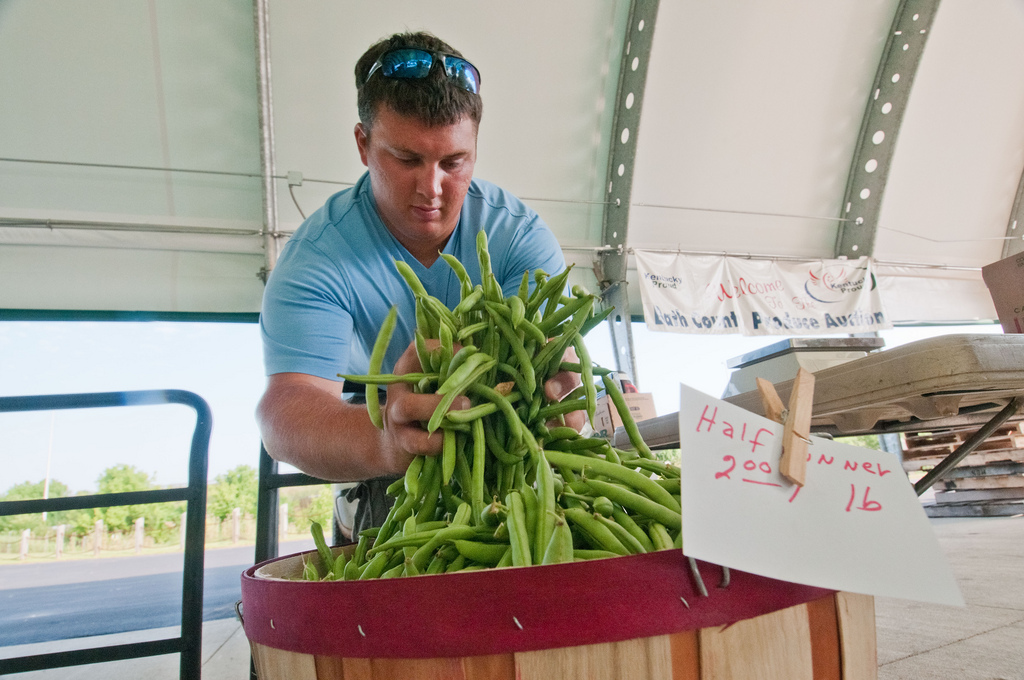Plains, Kansas isn’t a town you read about in the New York Times very often. In fact, I’d be surprised to find it mentioned anywhere in the newspaper’s 163 year history. But yesterday was the exception. This rural community in southwest Kansas is striving to reconnect fresh, healthy food with their residents. The article mentions other critical bits of infrastructure needed to not only keep a community alive and vital, but give it a sense of longevity and identity. Those listed were a post office, library, and school. Others, I assert, are a medical clinic or hospital, church, police/fire services, and a gas station. Typically, in rural communities, a convenience store/gas station fills the void for food items, but at the risk of lower quality and less fresh options, and the overall health of the community suffers as a result. Plains is making the effort to preserve the community by making choices that are move than just economic development, but will provide sustainability in the future.
Another wonderful revelation in the article was the Kanstarter.com crowd funding program recently started by Marci Penner and Phil Anderson of Newton, Kansas. Granted money by the Kansas Department of Commerce to facilitate the start of the program, these two people, who are themselves leaders in their own community, are using a popular form of entrepreneurial online funding but scaled to the city level. What a wonderful opportunity for rural communities and community development activities! Good job!
http://www.nytimes.com/2014/12/30/us/a-kansas-town-rallies-for-a-lifeline-in-supermarket-form.html?smid=tw-share&_r=0

